A look back on Apple's best moments of 2020

While 2020 was universally a bad year for everyone, it was actually one of Apple's most important years to date. This was the year that an affordable yet incredible iPhone came out, the iPad Air became the best iPad for most people, Apple replaced Intel with its own silicon, and so much more. Let's take a look back and reflect on this milestone of a year for Apple and why the future looks bright (so put on some shades!)
Apple in 2020: The iPhone SE was the iPhone for troubling times

For many people, the pandemic hit hard. Many people had lost their jobs or had wages reduced, and job security was no longer viable for many. With less income, it became that much harder for some to see a new iPhone that was almost $1000 as a justifiable purchase. But then came the iPhone SE in April, right about the time when the World Health Organization (WHO) declared the novel coronavirus a pandemic.
As we wrote back in our iPhone SE (2020) review, this was a lot of iPhone for a little bit of money. It is the most affordable iPhone at only $399, works great with iOS 14, and it combines the best parts of the iPhone 8, iPhone XR, and iPhone 11 into a single device. This is the last iPhone you can buy from Apple that still has a Home button with Touch ID, but it also has an A13 Bionic chip that you'd find in the iPhone 11 series, Dual-SIM support, and single-lens Portrait Mode like the iPhone XR, but better. It comes in 64GB, 128GB, and 256GB capacities for $399, $449, and $549, respectively, giving you the most bang for your buck at those price points.
The iPhone SE gave people who needed an iPhone, which was incredibly affordable while offering tremendous value with the feature set. Not only was the iPhone SE a great iPhone for the price point, but it is the best smartphone at the price point. It set the bar for Android competitors to make something that was just as good as the iPhone SE for around the same price.
It's uncertain if Apple will continue to keep the iPhone SE in the future with upgraded versions, but this was definitely a nice start to the 2020 Apple lineup.
Apple in 2020: The iPad Air grows to become more iPad Pro-like

In March 2020, Apple released the updated versions of the 11-inch ($799) and 12.9-inch iPad Pro ($999). These are the top-of-the-line iPads that Apple sells, and it clearly shows that there is still a market for premium iPads amidst the start of a recession. The 2020 iPad Pro models still retain the same design as the previous 2018 models (bezel-less screens with Face ID) but is now powered with the A12Z Bionic and has a LiDAR scanner that allows for a whole new augmented reality experience, along with an ultra-wide camera lens. The iPad Pro was always known to be the iPad that was closest to being a full-on laptop replacement (especially with one of the best keyboard cases) if it weren't for the limitations of iPadOS 14. And it would have continued to be the best if it weren't for the latest iPad Air.
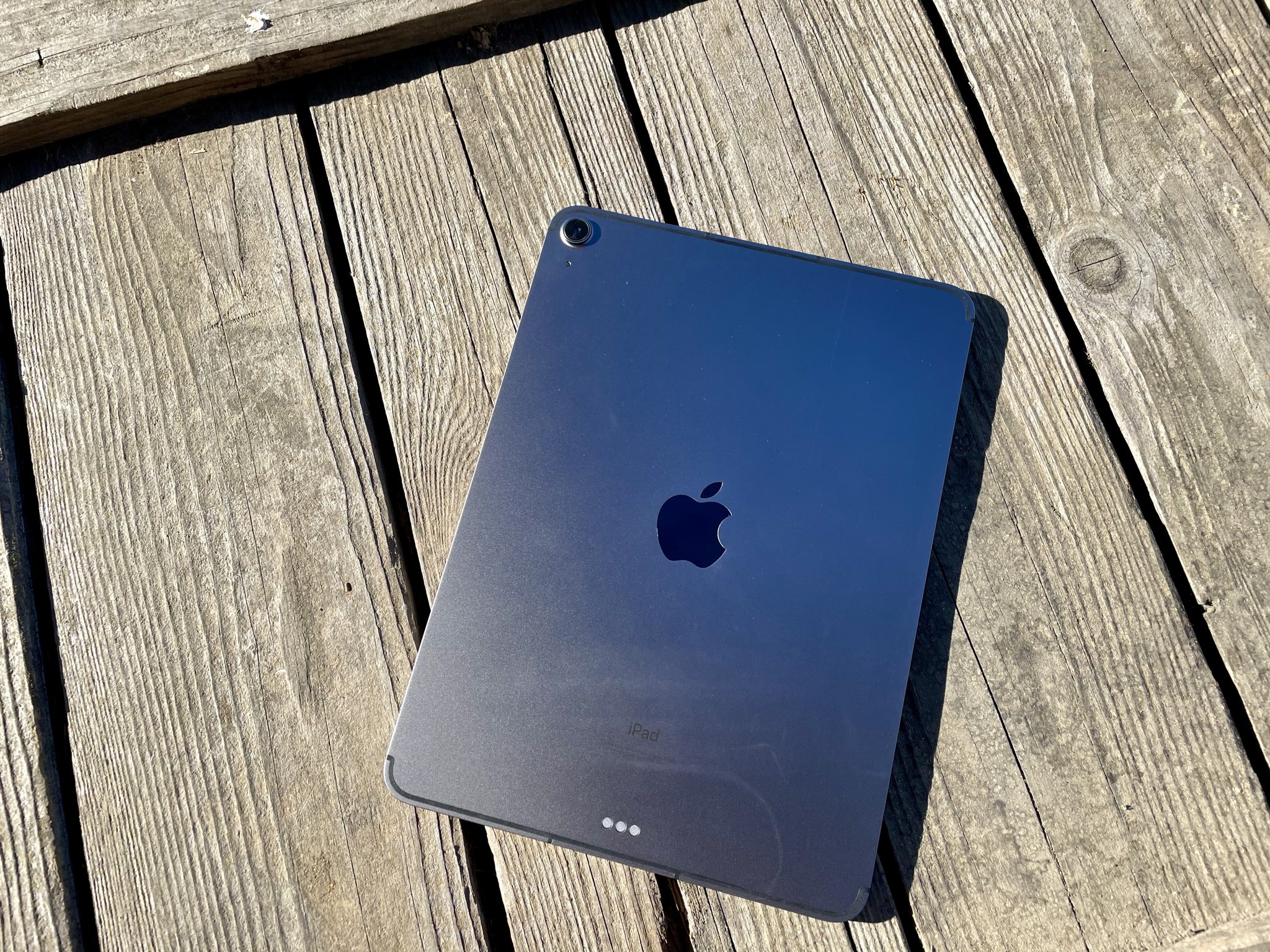
The iPad Air 4 ($599), introduced in September (just about six months after the iPad Pro), is now the best iPad overall for most people, as we even state in our iPad Air 4 review. It received a major redesign similar to the iPad Pro, from the flat-edge design to edge-to-edge display, while still retaining Touch ID in the top button. It also has the Smart Connector, support for the second-generation Apple Pencil, a 12MP camera, a USB-C port, works with the Magic Keyboard originally designed for the iPad Pro. The 4th-generation iPad Air also packs in the A14 Bionic chip, so it even slightly outperforms the iPad Pro that came out in March, and it is $200 cheaper than the base model iPad Pro. And for most people, you won't even be able to tell the difference between the two.
iMore offers spot-on advice and guidance from our team of experts, with decades of Apple device experience to lean on. Learn more with iMore!
With that said, 2020 was a great year for iPads and made Pro-level features available for the masses for slightly less. The new iPad Air sets the standard for future iPad Air upgrades, and it only means that the next iPad Pro could blow everything else out of the water.
Apple in 2020: The future of health with Apple Watch and watchOS 7
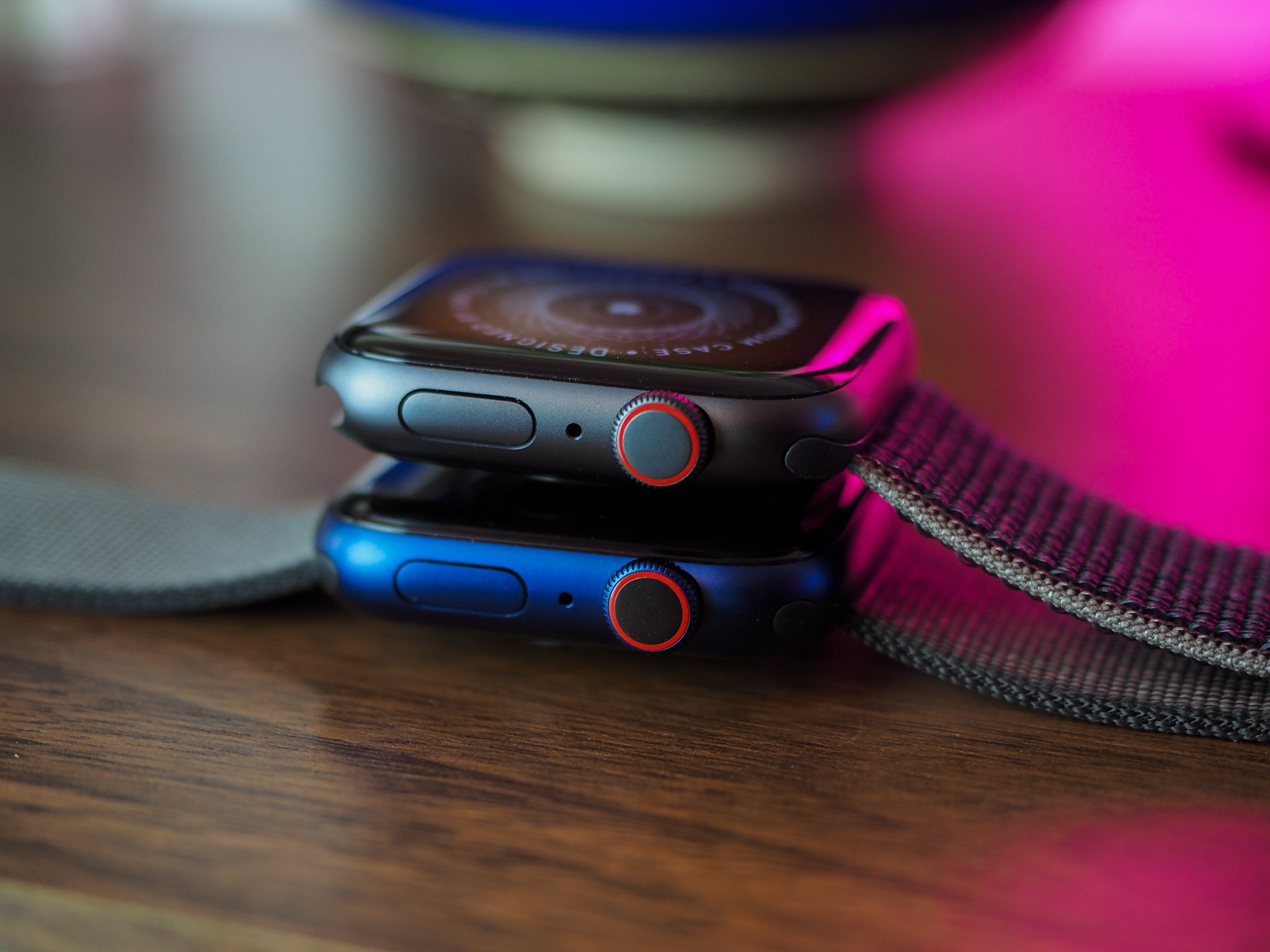
With a pandemic happening worldwide, everyone's physical and mental health and well-being have never been more important. With Apple Watch Series 6, Cupertino added a new sensor to monitor blood oxygen levels, particularly useful for COVID-19, which affects how much oxygen is in your system. While Apple Watch Series 6 isn't much of an upgrade for Series 5 owners (mostly just the addition of the blood oxygen monitoring and some new case colors), this is a big upgrade for those with Series 4 or older. Series 6 also brings an always-on display and altimeter, longer-lasting battery and faster charging, and the new S6 SiP with U1 Ultra Wideband.
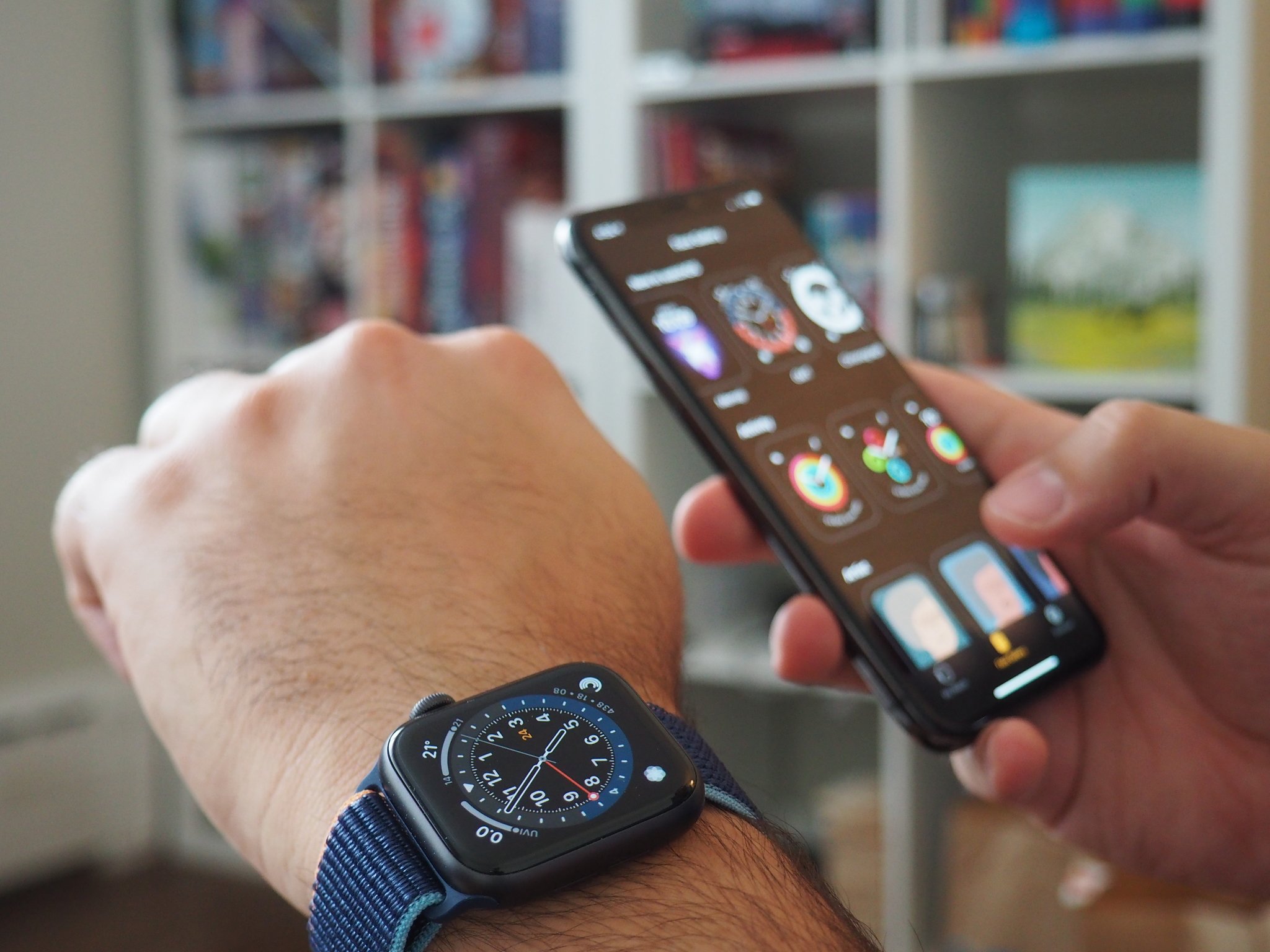
This was also the year that Apple introduced a more affordable alternative for the Apple Watch that is still a great value, much like they did with the iPhone SE. There is the Apple Watch SE, and as we state in our Apple Watch SE review, it's a great Apple Watch option for those looking to upgrade from a Series 3 or older, and even first time Apple Watch buyers. While the Apple Watch SE doesn't have ECG (in Series 4 and later), Blood Oxygen monitoring (Series 6), or an Always-On Display (Series 5 and 6), it still has Fall Detection, tracks workouts and activity, always-on altimeter (like Series 6), works great with watchOS 7, and has the larger display thanks to the 40mm and 44mm case sizes. And with a starting price of $279, getting an Apple Watch has never been so affordable while still getting new features.
Speaking of health, a lot of it comes from watchOS 7. One of the biggest features of watchOS 7 is native sleep tracking, which works in tandem with the iOS 14 Wind Down feature. So not only will your Apple Watch track your sleep, but your iPhone will also help you prepare to get a good night's rest — something we all need. There are also more workout types in watchOS 7, Hand-washing Detection to make sure that we're always washing our hands for the correct amount of time (important to get rid of the COVID-19 virus if it's on our hands), and more.
Apple continues to pave the way for smartwatches and health trackers — I especially look forward to how the Apple Watch Series 7 will turn out next year.
Apple in 2020: Leaping forward with the iPhone 12
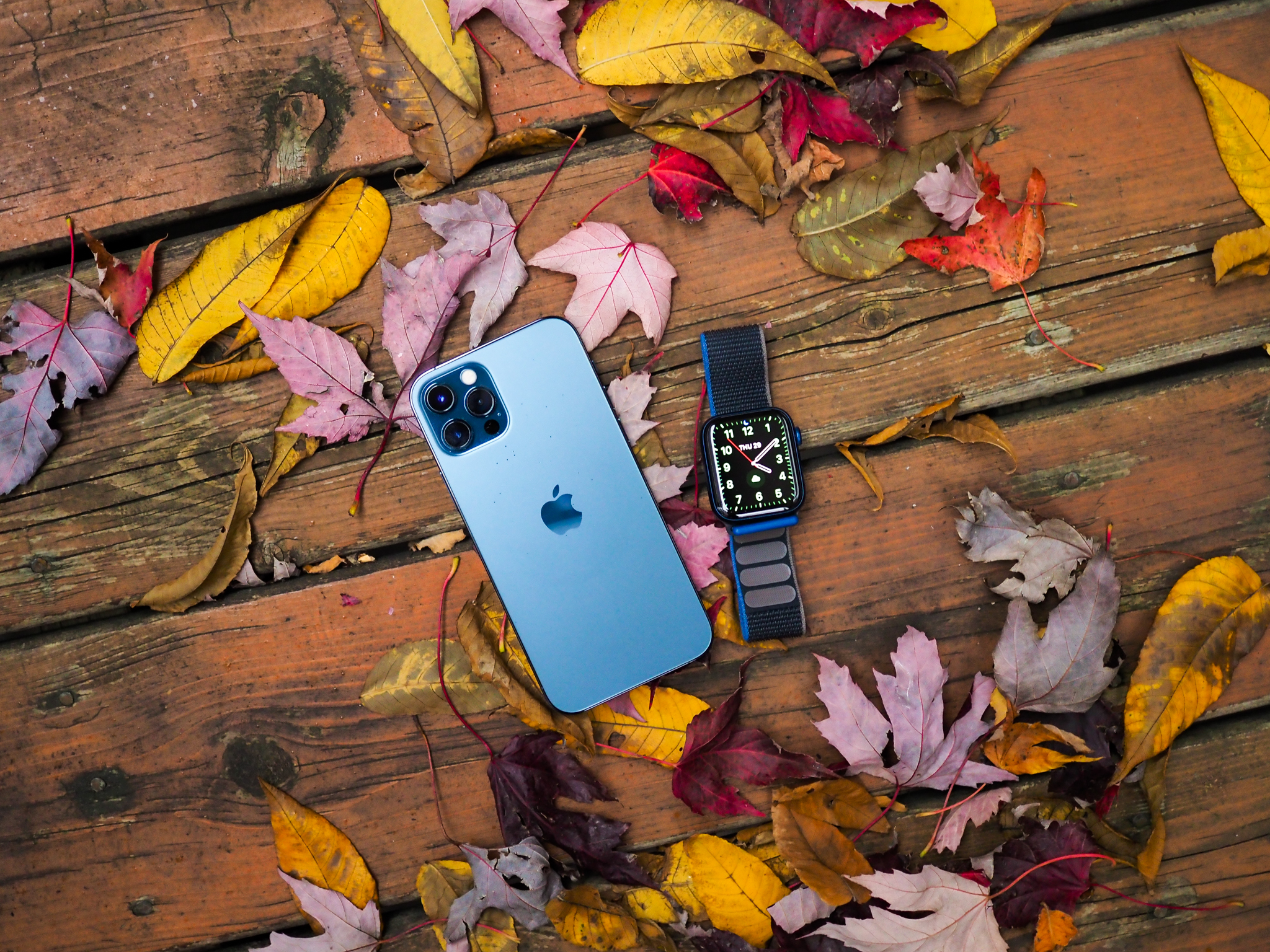
One of the biggest and most anticipated releases from Apple every year is a new iPhone, and this year, Apple gave us four new next-gen iPhones at once with the iPhone 12 series: iPhone 12 mini, iPhone 12, iPhone 12 Pro, and iPhone 12 Pro Max. With the iPhone 12 series, Apple has returned to the flat-edge design that is reminiscent of the iPhone 5 while changing up the screen sizes once more (5.4-inch for mini, 6.1-inch for 12 and 12 Pro, and 6.7-inch for Pro Max), and even bringing 5G cellular data to the iPhone for the first time ever.
With the iPhone 12, as we said in our iPhone 12 review, it's the new standard of iPhone and the best iPhone that we recommend to most people. That's because you're getting all of the best features with the iPhone 12, such as OLED display, Face ID, Night Mode with Time-Lapse, Deep Fusion, Dolby Vision recording at 30fps, fast charging, and MagSafe support. Unless you absolutely need a telephoto lens, LiDAR, sensor-shift optical image stabilization, and ProRaw image support, then the iPhone 12 is great, and the iPhone 12 mini is the option to pick up if you prefer a smaller device.
But the iPhone 12 Pro and iPhone 12 Pro Max are also revolutionary in what they offer. Thanks to the telephoto lens, you'll be able to get crisp images with optical (not digital) zoom up to 2x on the Pro and 2.5x on the Pro Max (anything further is digital). Both of these also have the LiDAR scanner for enhanced AR experiences. The iPhone 12 Pro Max also has the biggest sensors and is capable of sensor-shift optical image stabilization (OIS), so you'll be taking the absolute best photos with the largest iPhone. And both the 12 Pro and 12 Pro Max can use the new ProRAW image format for photos, which is like a hybrid, a middle ground between shooting in pure RAW while still retaining the convenience of JPG/HEIF.
It is a little overwhelming with four options to choose from for the newest iPhone, so we'll see if this trend continues next year. I'd also like to see the Pro models return to having the same camera features, with the only difference being screen size, since not everyone likes to use a giant phone but still wants the best iPhone camera.
Apple in 2020: Bold step in audio with AirPods Max and HomePod mini
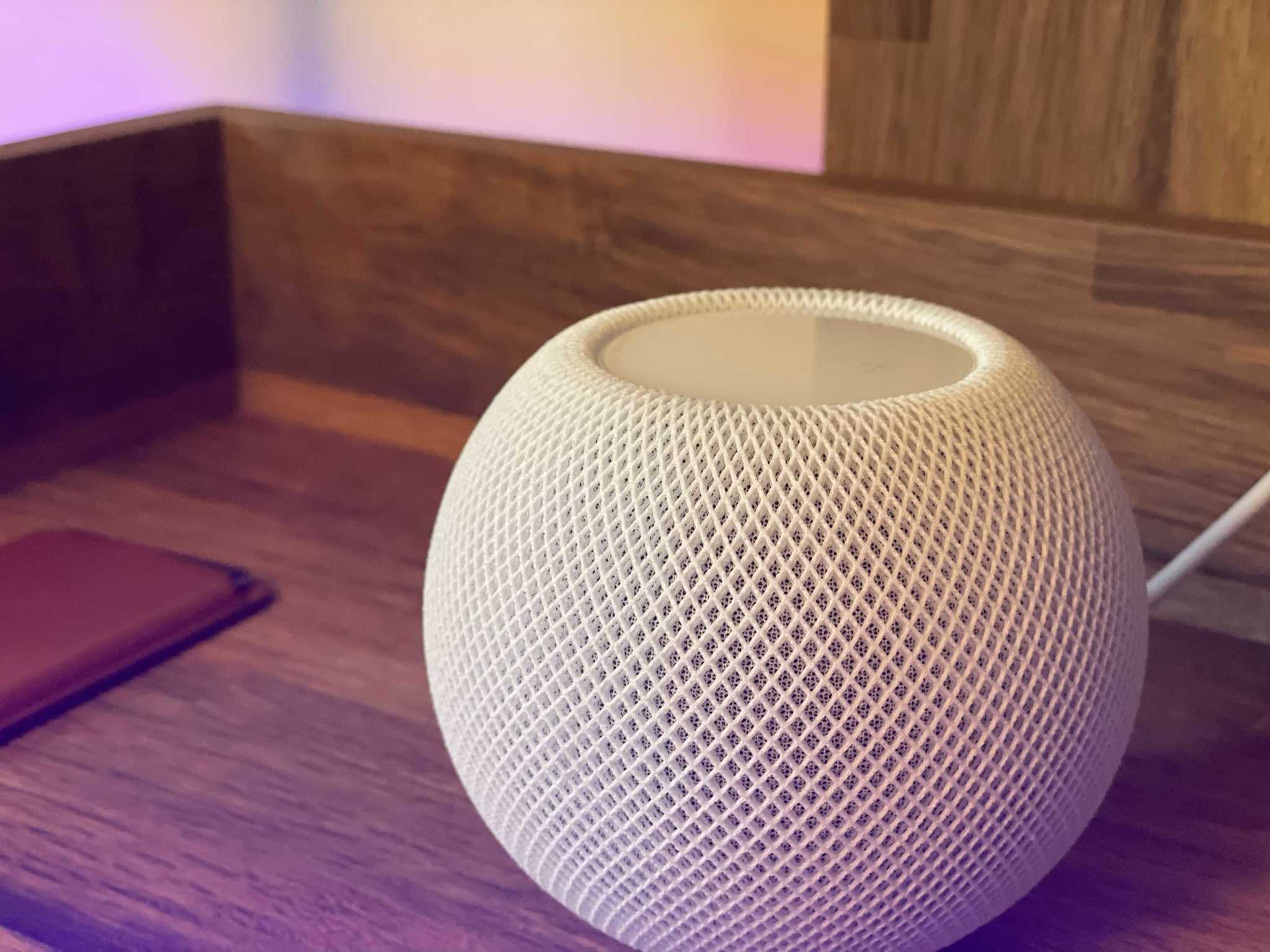
In 2018, Apple released the HomePod, a high-fidelity smart speaker that originally had a very high price tag of $349. While the price has been lowered to $299, it's still quite high. Apple rectified this in November with the $99 HomePod mini.
Of course, the HomePod mini won't have the same high fidelity sound quality as the original HomePod, but it's much more affordable, which makes it easier to access the same set of features, such as Intercom. Plus, at that price, many folks can manage picking up a HomePod mini for most, if not all, rooms in the house. As we state in our HomePod mini review, this "is the smart speaker for any Apple customer who also uses Apple Music, HomeKit, and beyond. It's a tremendously small, versatile, and incredibly loud smart speaker" for any home that is already heavily vested into the Apple ecosystem.

But the HomePod mini isn't Apple's only audio release in 2020. We also got the AirPods Max, which are over-ear headphones with high fidelity audio (like the original HomePod), and they cost a whopping $549. As I said in my AirPods Max review, the AirPods Max are worth it if you want a luxurious and premium Hi-Fi pair of headphones that sound amazing and are built well, and want seamless integration with all of your Apple devices. While the AirPods Max are definitely not going to be for everyone, they show that Apple is taking high-fidelity audio seriously and possibly making it more mainstream, just like the original AirPods and AirPods Pro have. Who knows, there could be a "sports" version of the Max at some point.
Apple in 2020: The future of the Mac lies with M1

Of course, Apple's biggest change in 2020 was beginning the transition away from Intel in Macs and moving to Apple's own in-house silicon instead. The M1 system-on-a-chip (SoC) was born in November, and it introduced a brand new generation of MacBook Air, 13-inch MacBook Pro, and Mac mini. These three Macs are just the beginning of the transition period — we expect the iMac to get the M1 treatment sometime in the first half of 2021, perhaps with a new size, even.
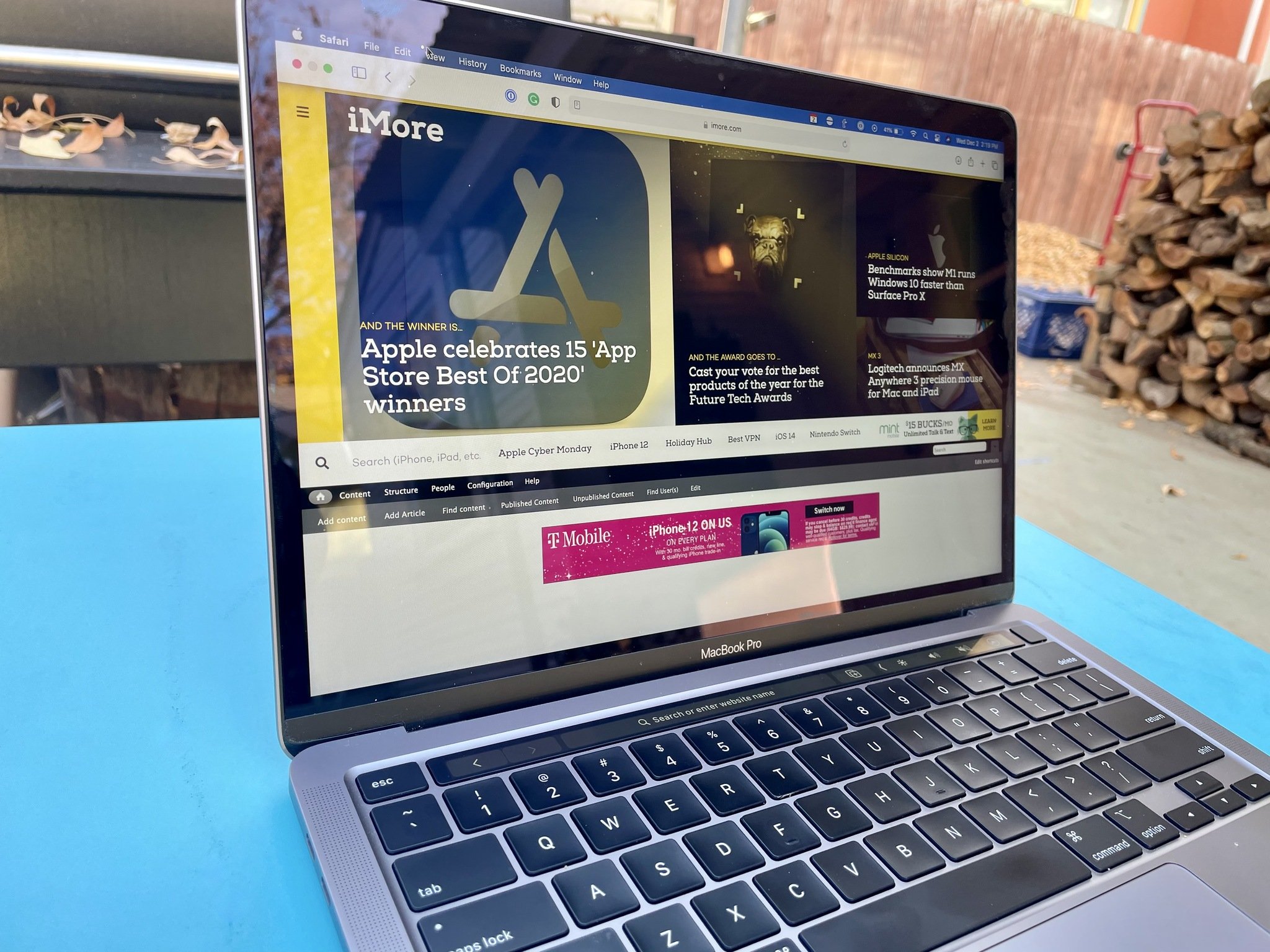
The M1 is a huge deal for Apple, though, because it even appears that the MacBook Air with M1 outperforms a 16-inch MacBook Pro in benchmarks. As we said in our MacBook Air with M1 review and 13-inch MacBook Pro with M1 review, these are pretty much the best MacBooks that you can buy right now, and that's because of the ultra-fast M1 chip. The M1 chips have a total of eight cores: four for power and another four for power efficiency, up to 16GB of RAM, and a seven or eight-core GPU — and all of this is on a tiny little chip, rather than individual components like Intel-based Macs. It's a big change, but it appears to be one of Apple's best moves in a while. Plus, the M1 Macs are capable of running supported iOS apps in full-screen mode, closing the gap between iOS/iPadOS and macOS even further. Maybe one day we'll see the arrival of a touchscreen Mac — M1 is certainly a step in the right direction for that path.
It's important to remember that 2020 is just the start of the M1 transition. We expect to see the iMac and 16-inch MacBook Pro get Apple silicon sometime in 2021, hopefully, sooner rather than later.
Apple in 2020: Looking ahead to Apple in 2021
Despite 2020 being a weird year for most of us, Apple certainly had some of its best moments this year, and it was certainly different (in a good way), with almost all event keynotes held digitally. I'm eager to see what Apple has in store for us all in 2021, especially with the Mac.
What are your favorite Apple moments of 2020? Drop them in the comments!

Christine Romero-Chan was formerly a Senior Editor for iMore. She has been writing about technology, specifically Apple, for over a decade at a variety of websites. She is currently part of the Digital Trends team, and has been using Apple’s smartphone since the original iPhone back in 2007. While her main speciality is the iPhone, she also covers Apple Watch, iPad, and Mac when needed.
When she isn’t writing about Apple, Christine can often be found at Disneyland in Anaheim, California, as she is a passholder and obsessed with all things Disney, especially Star Wars. Christine also enjoys coffee, food, photography, mechanical keyboards, and spending as much time with her new daughter as possible.
